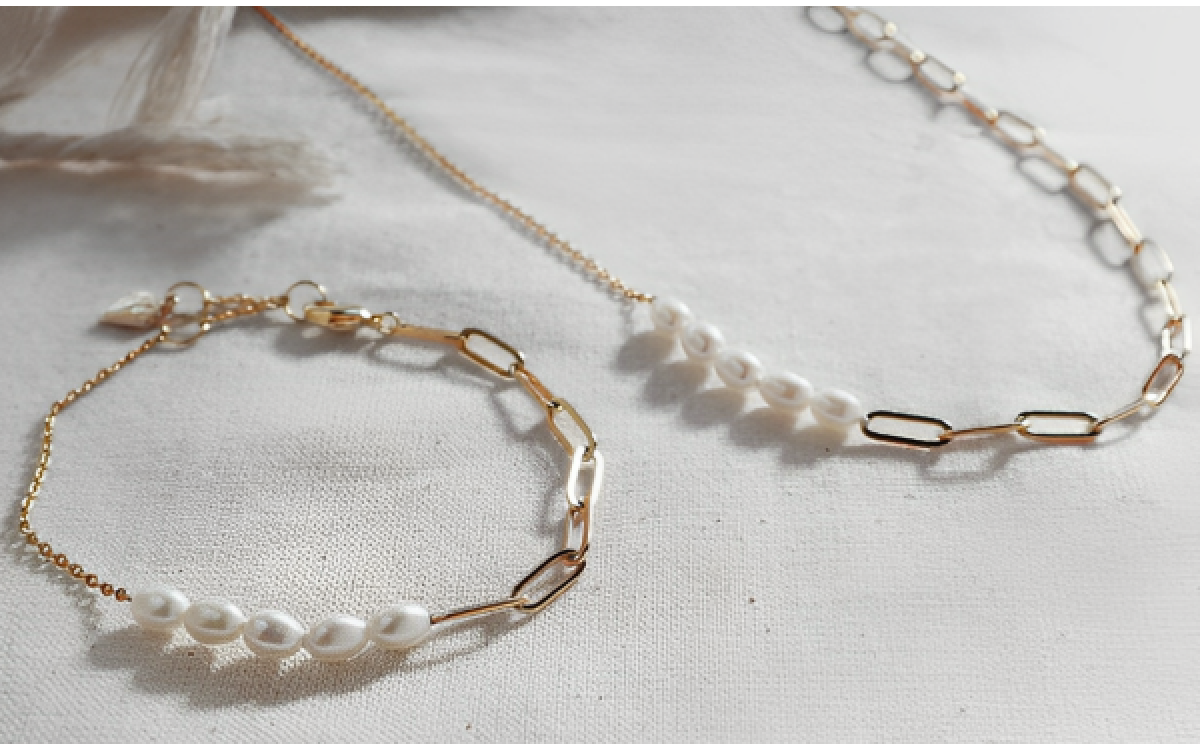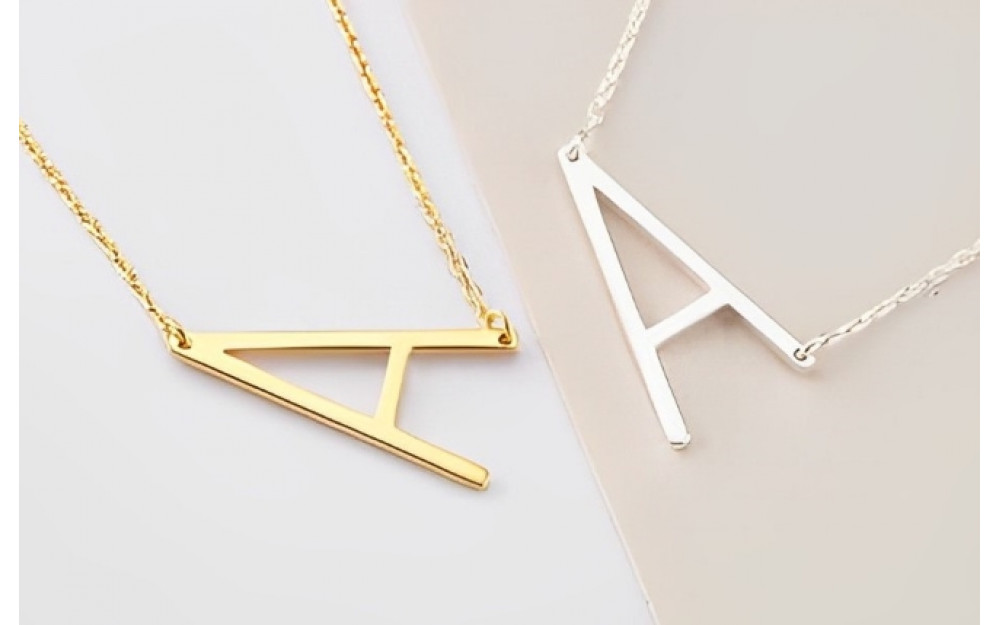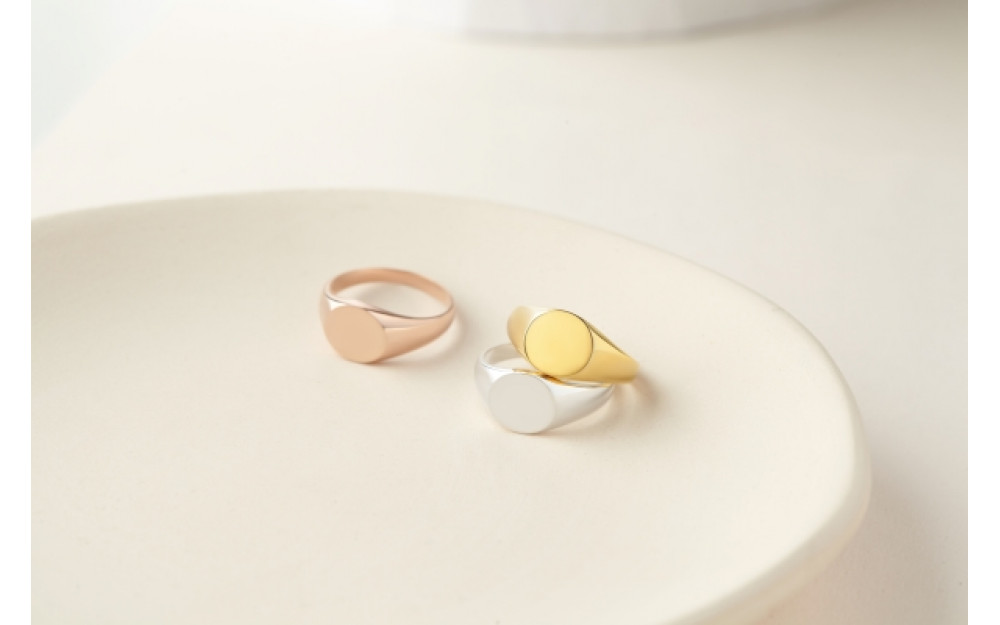Pearls are known as the "Queen of jades", which are pure, gentle, luxurious and also mysterious. Pearls have been favored in jewelry making for an extremely long time through many development eras of human beings. However, along with the improvement of technology, pearls are now counterfeited to benefit the providers. Therefore, this article hopes to help readers have useful information to choose a really quality product for themselves.
Different in origin
When it comes to real pearls, it refers to natural or cultured pearls in the natural environment, including sea and freshwater pearls. In the past, fake pearls were made from plastic and glass coated with paint and varnish. More advanced, many people also make fake pearls covered with a thin layer of nacre to create iridescence and light reflectivity close to real pearls, making it difficult to distinguish.
Outer surface inspection
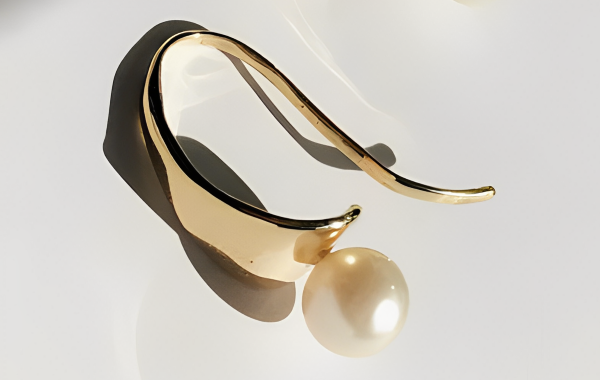
Observe the details on the outside of the pearl in terms of shape, luster, size, and color. Genuine pearls have a beautiful luster, natural color, and appearance imperfections, such as small scratches, spots and more roughness. Fake pearls are manufactured industrially, so the size and shape are the same, the surface is also smooth and flawless. Currently, in order to pass the customer's eyes, many dishonest manufacturers have also deliberately created the appearance of fake pearls with the same defects as sea pearls.
Inspection with teeth
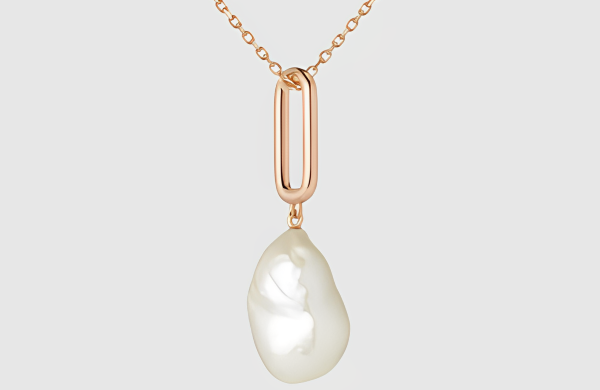
It may seem like a weird way to tell if your pearls are genuine, but it's actually a very effective method. Real pearls have a gritty texture, while imitation pearls feel smooth because they are made of plastic. Take a gentle rub of the pearl on your teeth. If it feels smooth, it is a fake pearl. On the contrary, if you feel the rind, rough, it may be a real pearl.
Friction inspection

This method can be used to distinguish real pearls from spray-painted fake pearls. When two pearls are rubbed together, the fake pearls will leave behind a powdery layer that falls from the outer coating. With the naked eye, it is easy to see that the shell and the gem are completely different. However, this method cannot be used to distinguish fake pearls made from the mother-of-pearl powder layer of the pearl shell.
Inspection with a microscope
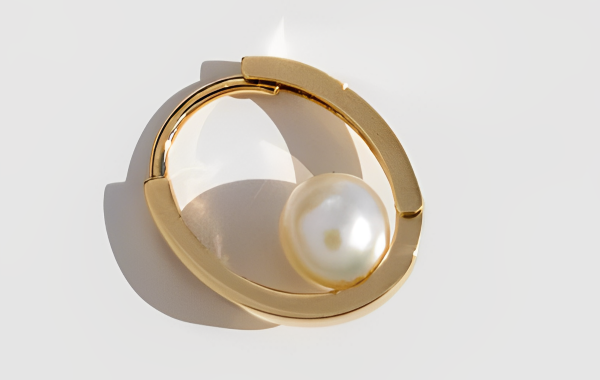
When viewed under a gemological microscope from 50x to 70x, it is easy to see that the surface of the pearl is scaly or looks like a labyrinth (due to the layering of nacre cells) while fake pearls are grainy on the surface.
Inspection with X-ray
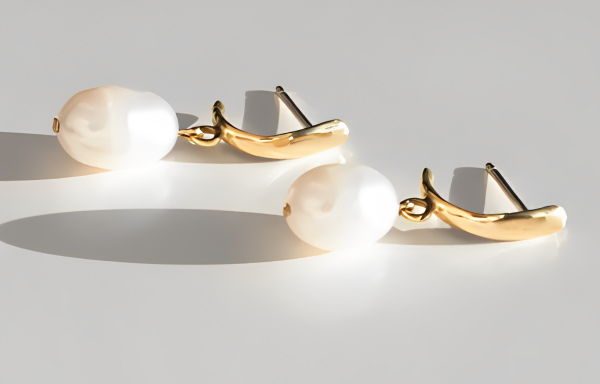
When taking an X-ray, it will be very clear that a real pearl has a nucleus and a thick layer of mother-of-pearl surrounding the nucleus. Imitation pearls have only a solid plastic core, with or without a very thin outer layer of mother-of-pearl. The X-ray image shows very clearly that the real pearl has a core and a layer of mother-of-pearl while the fake pearl has no core at all and absorb the X-ray machine's light very well.
Where to buy genuine pearl jewellery
When buying pearl jewelry, you should choose a reputable place and be chosen by many people. You can be completely assured if you come to Shinera to choose new pearl designs for yourself. Since our brand is famous and trusted by many people today, all pearl products here have been tested and guaranteed to be 100% genuine. Check out our latest Pearl jewellery collection and contact us if any designs catch your eyes.
